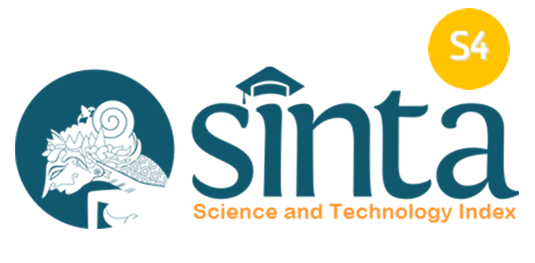Technology Constraints in Online Tax Payment: Case of Surabaya City
DOI:
https://doi.org/10.33005/ebgc.v2i2.83Abstract
This study aims to explore in depth the application of the online system of payment of land and building tax (PBB). The research location is in a government office, the Surabaya City Financial and Tax Management Board (BPKPD). This study uses a qualitative method. Interviews were conducted with the intended informants, namely the Surabaya City BPKPD as the tax authorities, and also the citizen as Taxpayers (WP). Miles Huberman's approach is used to analyze data. Stages of research include data collection, then reduced, presented and verified, so as to obtain valid conclusions. Informants are chosen based on the information needs needed by researchers. It can be concluded that the web display of online tax payment services is considered attractive and able to optimize public services. Online service brainware factor namely Human Resources (HR) plays an important role in realizing online services. The hardware factor in the online system is quite good using a good computer, but the internet connection is complained about being slow. Online tax payments that can be done through ATMs and m-banking at three banks in collaboration with the Surabaya City BPKPD are still complained of being convoluted by taxpayers. Fear of making payments online makes taxpayers still pay cash at the teller. The changing of service systems from offline to online requires time for the community to adapt.









